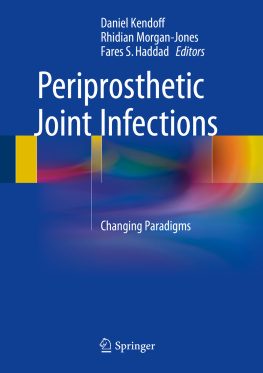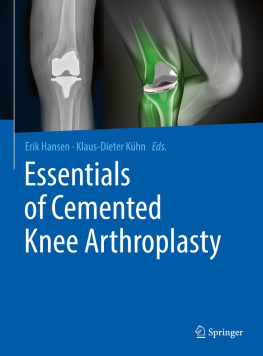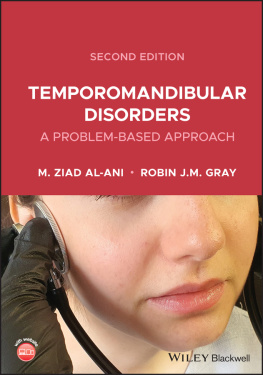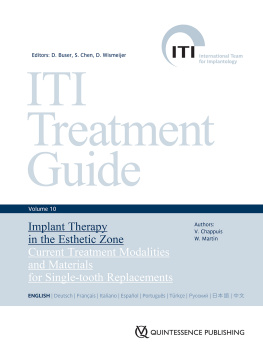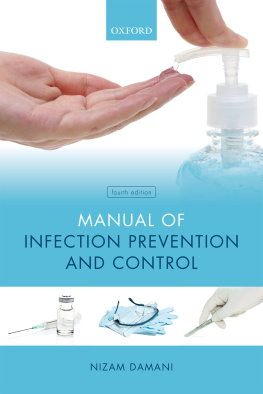Springer International Publishing Switzerland 2016
Daniel Kendoff , Rhidian Morgan-Jones and Fares S. Haddad (eds.) Periprosthetic Joint Infections 10.1007/978-3-319-30091-7_1
1. Incidence and Socioeconomic Impact of Bone and Joint Infections (BJIs): The European Perspective
Abstract
Epidemiologic studies demonstrate that population fragmented ageing and increased urbanisation, and motorisation across the globe increase the prevalence of trauma and age-related musculoskeletal conditions, such as fragility fractures and arthritis. The number of primary and revision arthroplasties has increased steadily in the last 20 years and so does the number of fractures treated with implantation of hardware. These numbers are anticipated to further escalate over the next two decades. The prevalence of deep infection following joint replacements and the number of post-traumatic infections is projected to increase at a faster rate as a result of a tendency to operate more on high-risk patients, at greater ages, with diabetes, other comorbidities and immunosuppression. This is further increasing the severity of septic complications and other adverse outcomes, which can often lead to functional impairment, long-lasting disability, or even permanent handicap with an inevitable social and economic burden. Musculoskeletal infections place an additional cost burden on total health-care expenditures, which are already rising faster than the gross domestic product in most countries, and may also become life-threatening conditions. The scientific community needs to take a more active role to increase awareness and in collaboration with policy makers and funding organisations, collect valid data, construct an action plan and put the scourge of the bone and joint infections higher in the agenda of health care priorities.
Introduction
Trauma and disorders of the bone and the joints influence health & quality of life of many millions of people around the globe with enormous costs on the individual, the society and healthcare systems. It is the social and demographic pressures from population ageing, and the effect of massive urbanisation on trauma, alongside with the effects of environmental factors that are driving up an increased demand for new advanced medical applications. This is imposing unprecedented challenges and cost escalation on the health care systems. The technological and scientific advances in health care delivery have been the main drivers for the rising costs. Up to 50 % of the increase in health care spending in market-oriented economies in the last half century is arising from medical technology. Remarkable medical innovations now allow for the treatment of previously untreatable conditions, also increasing medical costs. All these parameters with a significant socio-economic impact are proceeding beyond any control [].
Over the last 40 years the health care costs in most industrialised countries have been rising at a 12 % faster pace than that of the GDP [].
The management of biofilm infections is very demanding, with surgical interventions exerting a severe direct personal burden on patients, including pain and suffering, and an economic impact that stems from the need for more operations, long hospital stays, expensive medical and surgical care and rehabilitation, on top of additional indirect costs for the health care system. With the expanding use of implants for fracture care, arthritis, correction of spinal disorders and deformities, the impact on individuals, together with the social and economic burden, became devastating.
The specific characteristics and the burden from bone and joint infections, though recognised, remain under-appreciated. However, in every process towards solving any type of problem, the first step is to spot and identify it []. With the long-lasting recession in the economies of many industrialised countries, the health care budgets are facing reductions, followed by strict regulatory interventions to contain the costs at all stages and levels of care. Recently, there has been a rise in awareness of the cost of musculoskeletal infections among physicians and the public, yet not among policy makers and research-funding agencies. This must be credited to the efforts of the scientific societies and associations of orthopaedists, infectiologists and microbiologists, although they have not acted in a coordinated line yet.
Current Health Care Policies and BJIs
Between 2000 and 2009, the total health care expenditures in the countries of the Organisation of Economic Cooperation and Development (OECD) have been growing steadily by 4 % annually, compared to only 1.6 % of GDP growth in the same period, leaving a steadily increasing deficit in an ever-accentuating recession [].
Fiscal Challenges and Cost Assessment
Orthopaedic surgery today provides a health care of true value, but unlike other specialties, orthopaedics lags in using commonly accepted definitions and measures of patient outcomes, agreement on indications for interventions and broadly accepted measures for the quality of this care. Understanding the true value of orthopaedic care delivered, and capturing the costs is a pressing issue but in a fragmented healthcare delivery system collecting and aggregating the patient-reported outcome data is very difficult, and these efforts can be elusive. An additional challenge in calculating value is the broad variability in costs configuration together with the lack of reliable cost information. It is difficult for anyone, including consumers, to obtain accurate pricing information for orthopaedic health care services thus limiting our ability to measure and report financial measures [].
The providers do not usually disclose the costs associated with the provision of musculoskeletal services, and fee schedules are often considered proprietary. Contributing factors include provisions imposed by device manufacturers, lack of transparency in hospital billing practices, and large variation in the difference between hospital charges and actual payments made by insurance companies, needless to mention the broad variety in payment policies among the EU country-members healthcare systems []. Collaboration not only with orthopaedists but also with other physicians, and administrators at different levels, is essential in order that widespread outcome assessment and transparent cost accounting be made.
The daily routine in orthopaedics is to care for an abundance of patients in limited number of beds, under pressure for fast treatment. In an ageing population we are expanding the indications for implants and invasive procedures on immunosuppressed patients, within an environment of pathogens transported from hospital to hospital, in addition to the emergence and spread of resistant germs due to antibiotic overuse in people, the livestock and in aquacultures. As a result, we are watching a rise in the infections that is reflected on increasing morbidity and mortality rates. In the EU, with more than 2,000,000 hospital-acquired infections (HAI) in a year, 15 % more costly than the community-acquired ones, it is estimated that for 175,000 of the affected patients these complications are lethal []. The most vulnerable for HAIs are the newborns, patients with indwelling prosthetic devices, and those with bone and joint implants.

